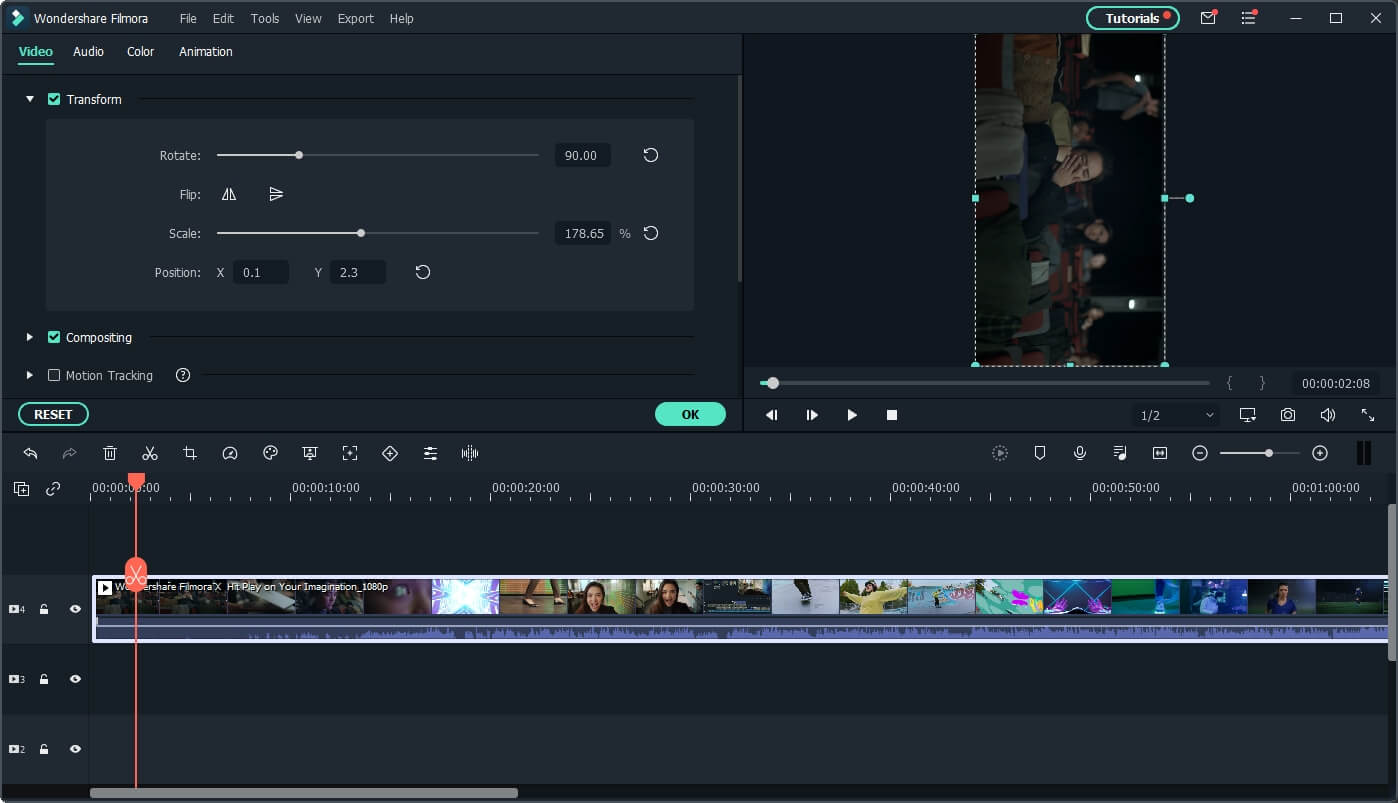

- #HOW TO UPLOAD A YOUTUBE VIDEO TO INSTAGRAM TV MP4#
- #HOW TO UPLOAD A YOUTUBE VIDEO TO INSTAGRAM TV ANDROID#
- #HOW TO UPLOAD A YOUTUBE VIDEO TO INSTAGRAM TV BLUETOOTH#
- #HOW TO UPLOAD A YOUTUBE VIDEO TO INSTAGRAM TV PROFESSIONAL#
- #HOW TO UPLOAD A YOUTUBE VIDEO TO INSTAGRAM TV DOWNLOAD#
Make sure you’re logged into iCloud as well. Using “Everyone” is dangerous, as you might send a file to people you don’t know, so I recommend using Contacts Only. Then tap the Airdrop button and make sure it’s set to either Contacts Only or Everyone.
#HOW TO UPLOAD A YOUTUBE VIDEO TO INSTAGRAM TV BLUETOOTH#
For your iPhone (or iPad) you need to swipe up from the bottom to enable both Bluetooth and WiFi. To actually use Airdrop, it must be enabled on both devices. Just use Handbrake, or whatever video editor you used to produce the video in the first place. I haven’t vetted all of them, for obvious reasons. There are other options for converting video files, but they might not work on Mac. It’s a little tricky to use – it’s not made for casual conversion – but it should be pretty easy to simply take a source file, change the file format, and re-encode it in a way Instagram will recognize it.
#HOW TO UPLOAD A YOUTUBE VIDEO TO INSTAGRAM TV DOWNLOAD#
You can download Handbrake, which is an open source, free video converter.

If your rendered video file isn’t in the right format, Instagram won’t recognize it as a valid video and your upload will fail.
#HOW TO UPLOAD A YOUTUBE VIDEO TO INSTAGRAM TV MP4#
Your video also needs to be in the MP4 format. The maximum resolution of video on Instagram is 1080p, with a framerate of 30fps, and a 5,500 kbps bitrate. It’s worth noting here that a video can only be up to 60 seconds long, and a minimum of three seconds long. Simply create your video on your Mac and Airdrop it over to your iPhone, where you can access it via the Instagram app and post it. Airdrop allows you to send a file from your Mac to your iPhone, and it has no known size restrictions for the file. If you do, you can use Airdrop when both devices are connected via either WiFi or Bluetooth. Obviously, this method only works if you have a Mac with an up to date version of OSX, and an iPhone with at least iOS 7. It can operate over WiFi or Bluetooth, though it does not work over 4G data or whatever other cell plan you might have.

It essentially creates a wireless connection between your Mac and your iPhone, which allows direct transfer of data. It’s an ad-hoc service available since OSX 10.7 and iOS 7. So how do the pros do it, and how can you do it too?Īirdrop is a feature available in modern iPhones and Mac computers. You need to circumvent this limitation to be able to post your video on Instagram. You actually can’t post via the web at all, nor can you post from third party programs. You can’t upload a video from the web interface of Instagram. With the source available, you can even produce different cuts for different purposes. You can convert gifs and shorter clips for use on the web or on social media. You can have high quality videos, even up to 4K, on YouTube and Facebook. Edit your videos and keep the sources in high quality, while processing downscaled renders for various purposes.
#HOW TO UPLOAD A YOUTUBE VIDEO TO INSTAGRAM TV PROFESSIONAL#
Use professional software, be it Lightworks, Adobe Premiere, Avisynth, or whatever you prefer. Use a real video camera to shoot your source video, with professional tools for stabilization, lighting, and audio. The solution to all of this is to use a more traditional method for producing video. You only have so much space to work with, so you can’t process very long or very high quality videos. Phones also often have size limitations on files. Most phone-based video editing comes down to cropping, stabilization via algorithm, and maybe some basic effects. Phones do not have enough power (yet) to run good video editing software.

Not to mention the issue of vertical video in letterbox format. Resolution will be poor, stabilization will be minimal, and you always have the issue of people waving their phones around. They can take source video alright, though the hardware is still a decade behind what modern mid-quality video cameras can do. The primary problem here comes from the fact that phones are, well, probably some of the worst devices to use to try to edit video.
#HOW TO UPLOAD A YOUTUBE VIDEO TO INSTAGRAM TV ANDROID#
The former come about because people take video directly from their iPhones or Android devices, do some very basic editing with whatever tools are available, and post it online. Video on Instagram comes in two forms: low quality hand-cam videos and well-produced content. What’s much more difficult is uploading video. It’s easy to take photos with a mobile phone, it’s easy to use one of the many image editing apps to tweak them, and it’s easy to upload them. This makes managing an Instagram account for a business quite a difficult task. Instagram has always been a heavily mobile-focused app, and it was only relatively recently that you were even allowed to access it from a non-mobile device.


 0 kommentar(er)
0 kommentar(er)
